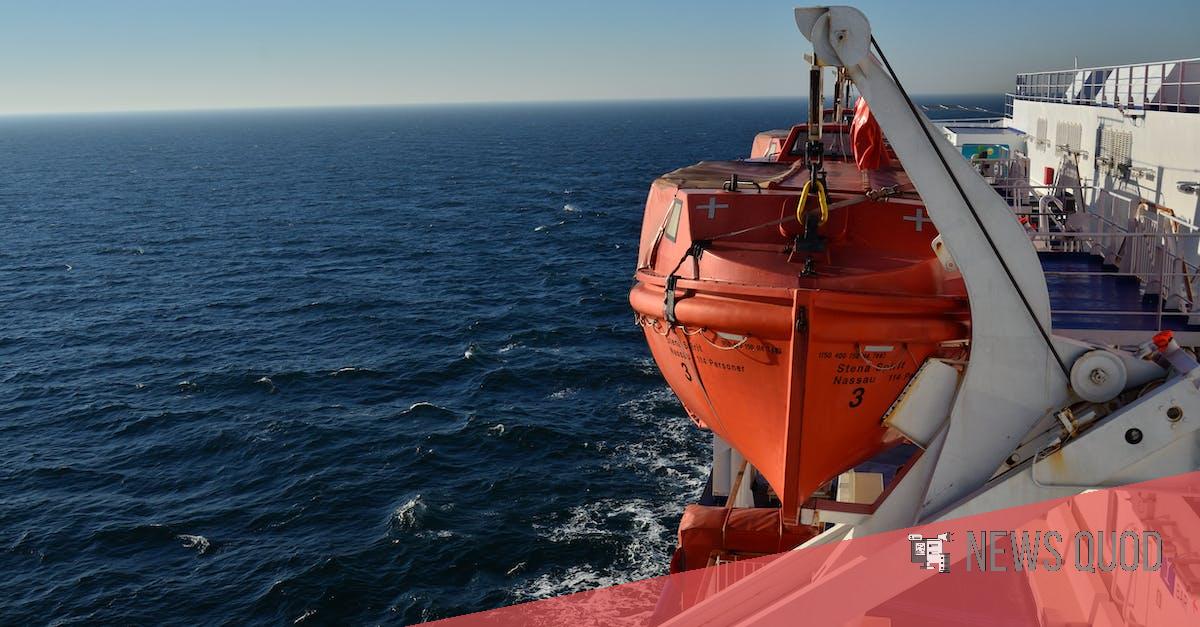How Technology is Transforming the Aviation Industry: Exploring New Possibilities

The SkewT log-P graph is among aviation’s most important secret techniques. It’s a diagram of the aerodynamics of an aircraft that helps explain why certain planes exhibit low performance when landing and takeoffs. This diagram can be a useful instrument to understand the aerodynamics and flight characteristics of different planes. The diagram is a great tool to aid you in improving your flight.
Gliding
Gliding is an excellent way to have fun flying, especially if you like airplanes. Gliding is a horizontal air flight which relies on airflow to maintain it in the air. Gliders don’t have the same power as other types of aviation, and do not require parachutes.
Aerofoils’ ability to glide is the result of generating an upward force. The wings of birds and other planes are like the ones found on airfoils.
There are four methods to start a glider. The gyroglider , also known as a rotor-kite one of the main ways to launch a glider.
There are other options, such as ridge soaring as well as card throwing. Each one has merits. It is possible to be a risky glider. Make sure you have someone with you with getting your glider in the air and then dropping it to the ground when you land.
A different type of glide is sailing. A sailing plane flight that is the best does not require motors.
Gliders that are used in America United States do not need an parachutist. Therefore, pilots typically can fly on their own gliders. However, you will need to be equipped with a parachute when traveling to travel in Europe.
Technologies for Spiroid-tipped Wings
A new and better technology on the tip of the wing could allow airlines become more eco-friendly and reduce fuel usage. It’s called Spiroid-Tipped Wing Technology. It was developed by the former chief of aerodynamics at Boeing. The technology is currently being tested in Gulfstream II. Gulfstream II, and plans to test it on additional commercial aircrafts.
It’s a big deal. It’s also costly to build. Aviation Partners spent $30 million for the testing of the equipment BBJ. Aerospace Technologies, which is an Aviation Partners subsidiary is expected to be able to install the BBJ-equipped equipment on one of the Falcon 50 or 737-800.
Spiroid-tipped wings can be more complex than wings with blended wings. It requires a redesign of the wings as well as the airfoils. A proper aerodynamic load of the surface can reduce drag, and will not overburden the strength of the wings.
In the past, many different designs of winglets have been tested. Aerofoils designed to reduce drag while maximizing lift could give better results after stalling. The split-scimitar winglets are a different kind of winglet that is worth mentioning. They have a second lower ventral as well as a blended-sweptback tip spike.
Diagram of Skew T Log-P
The SkewT log-P graph is among the primary tools used by pilots to plan their flight in advance. It is helpful in determining the weather conditions that will be expected on your trip.
The graph shows the vertical movement of air, the temperature , and the speed of wind. In order to determine if there’s any conditions that could be hazardous, pilots can drill at certain elevations or places.
Wind shear at low levels can trigger temperatures to invert at lower elevations. The atmosphere is cooled by expanding. The speed of cooling in humid conditions is greater than that in non-saturated environments.
Skewed T Log-P charts can be a simple visual representation of the atmospheric movement. The standard skew-T log-P chart shows a horizontal axis which is skewed at 45 degrees, including a temperature overlay as well as the dewpoint. The isopleths of the chart represent the direction of wind.
Douglas World Cruiser
The Douglas World Cruiser was first flown in 2001, one decade prior to that. The initial design for this aircraft was to function as an torpedo bomber during World War I. Donald Douglas built the aircraft at a manufacturing facility.
It was a massive biplane. It had tubes of steel and wheel that could be interchanged. The plane could take off by itself using floating floating floats.
It’s been proven an extremely successful plane. The DC-8 is still in use in the present, even after it was heavily bred. The DC-8 is highly loved by aviation enthusiasts. The DC-8 can be found in a variety of models. It can accommodate between 189 and 269 passengers dependent on the design.
The initial plans for the DC-8 included four JT3L engines that were each with a capacity of 11,000 pounds of thrust. The engines would be mounted on the rear of a pod. Douglas said that the plane could travel 3700 miles, and carrying up to 125 people. The shape of the plane has been altered and the engine pod is located on the side of the wings, on a brand new support the pylon.








